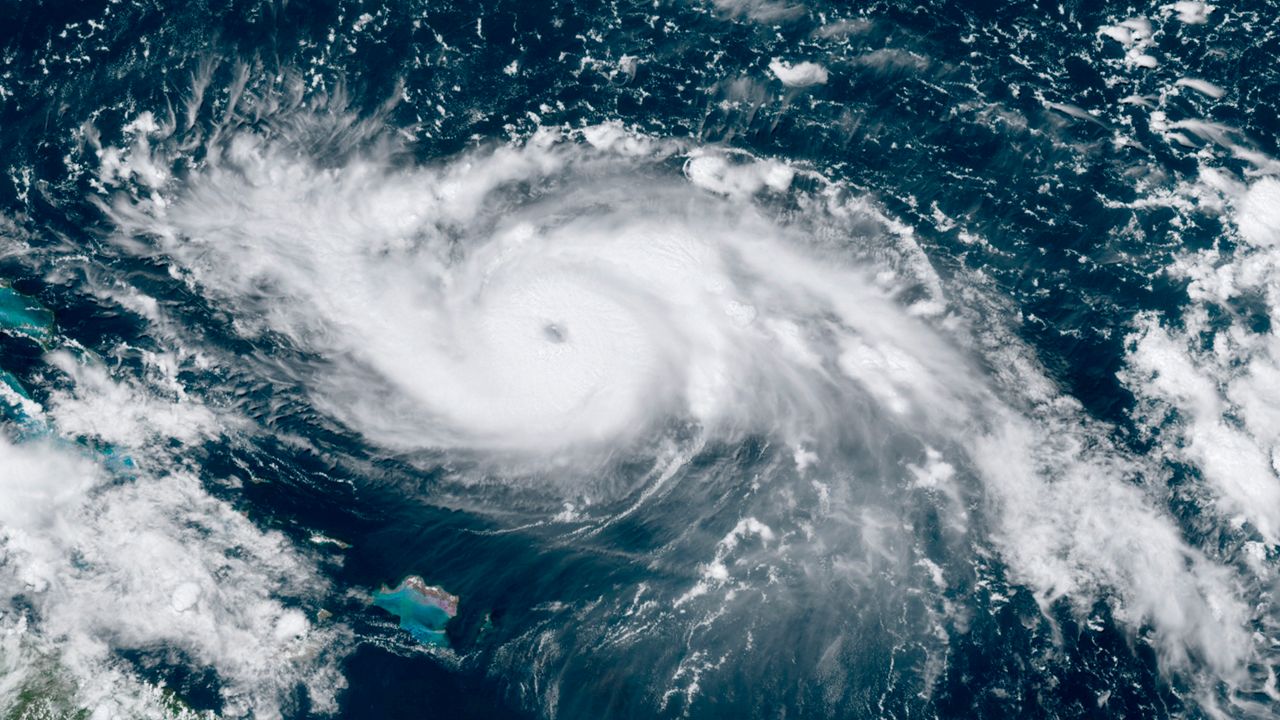Tropical Depression Seven became Tropical Storm Gonzalo on Wednesday. It is pronounced gohn- SAH-loh. Every year, we get emails asking why a storm or a hurricane has a certain name and how to pronounce it.
For the Atlantic basin (the Atlantic Ocean, Caribbean Sea and Gulf of Mexico), the names are in English, Spanish and French and we refer to the pronunciation guide from the National Hurricane Center each year.
So after Gonzalo, the next name on this year’s list is Hanna, followed by Isaias. At first glance, I would think to pronounce that name Eye-ZAY-ahs or Eye-ZAY-is, like Isaiah but with an “s” at the end. This year's pronounciation of Isaias is ees-ah-EE-ahs.We do get questions from people about how to add their name to the list. We don’t have any control over that.
The list is updated by the World Meteorological Organization. There are six lists of names which rotate every six years.
Atlantic storms have been named since 1953. It’s much easier to remember a name than to track a hurricane using latitude and longitude (which changes as the hurricane moves and is extra confusing when there is more than one to track.)
Originally the lists had only women’s names but since 1979 the list alternates men’s and women’s names.
The names are alphabetical except for Q, U, X, Y or Z names because there aren’t as many names that begin with those letters.
.png)
So, what happens if we use all of the names in one season? Then we go to the Greek alphabet. That happened in 2005 and we do not want to go down that road again!
The only time there is a change to the list is if a storm is so deadly or costly that the future use of its name would be insensitive. Hurricanes Andrew, Sandy and Katrina are examples of retired names.
The World Meteorological Organization would then select a new name to replace the retired one.




